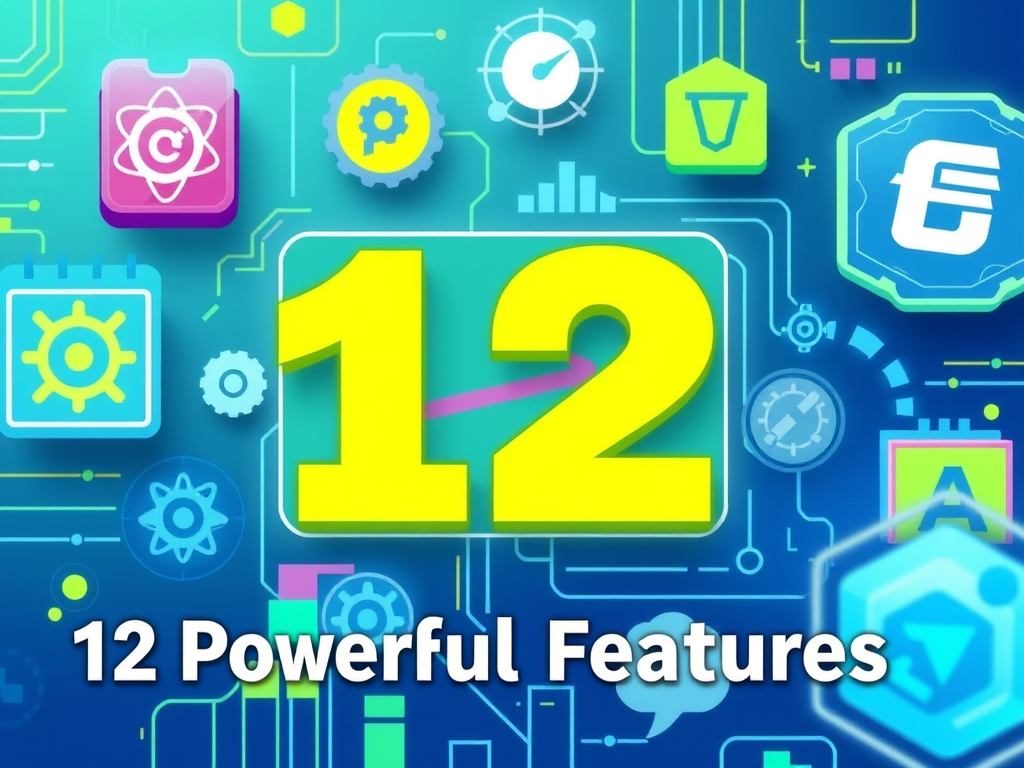String manipulation is a crucial aspect of programming in Python. While most developers are familiar with common string methods, there are several lesser-known techniques that can enhance your string handling capabilities. Here are five of them:
1. Using str.format_map()
The str.format_map() method allows you to perform variable substitution in strings using dictionaries, similar to the older str.format() but in a more efficient manner.
Example:
data = {'name': 'Alice', 'age': 30}
template = "Name: {name}, Age: {age}"
result = template.format_map(data)
print(result) # Output: Name: Alice, Age: 30
2. String Slicing with Negative Indices
Negative indices in Python allow you to slice strings from the end. This can be a handy trick to extract substrings without calculating lengths.
Example:
text = "Hello, World!"
substring = text[-6:] # Retrieves the last six characters
print(substring) # Output: World!
3. str.join() with Generators
Using str.join() with a generator expression can be more memory efficient than creating a list, especially with large data sets.
Example:
words = ('Python', 'is', 'awesome')
result = ' '.join(word for word in words)
print(result) # Output: Python is awesome
4. Using str.translate() for Character Replacement
The str.translate() method can be used to replace multiple characters efficiently using a translation table.
Example:
input_str = "hello world"
translation_table = str.maketrans('hlo', 'HLO')
result = input_str.translate(translation_table)
print(result) # Output: HellO WOrld
5. The str.zfill() Method
The str.zfill() method pads a numeric string on the left with zeros to fill a specified width. This is particularly useful for formatting numbers.
Example:
number = "42"
formatted_number = number.zfill(5)
print(formatted_number) # Output: 00042
These lesser-known methods can greatly enhance your ability to manipulate strings in Python, making your code more efficient and expressive. Familiarizing yourself with these techniques can lead to better coding practices and more effective string handling.






Leave a Reply